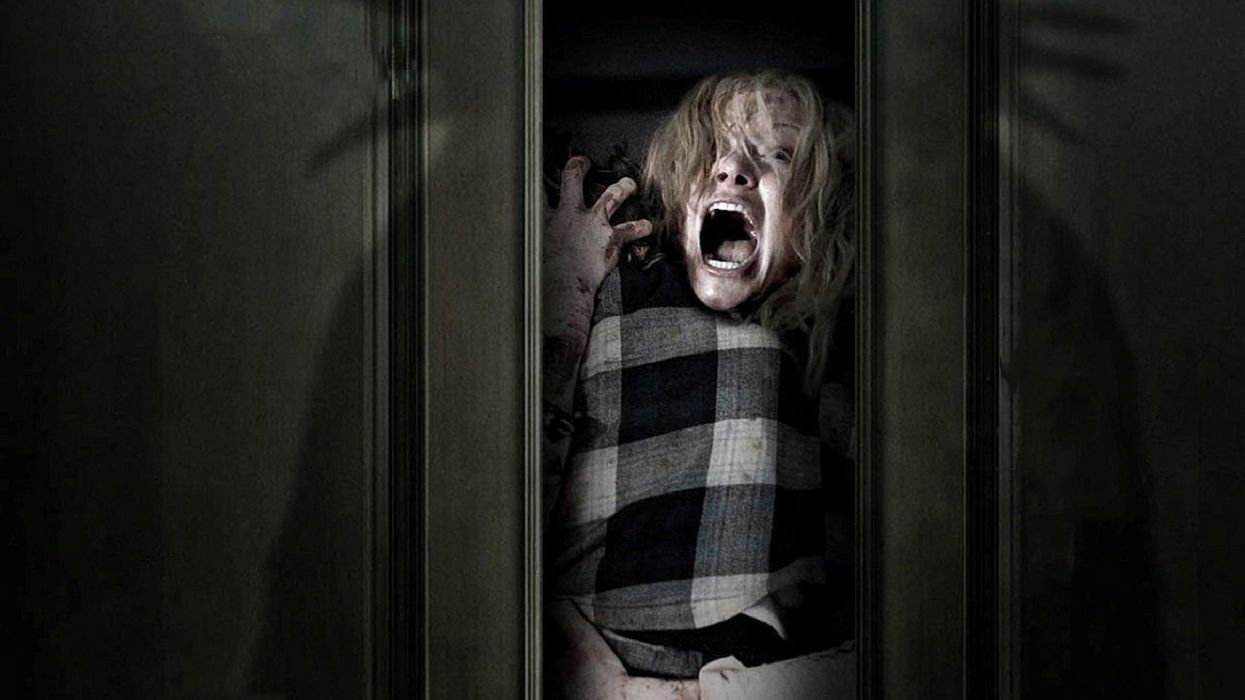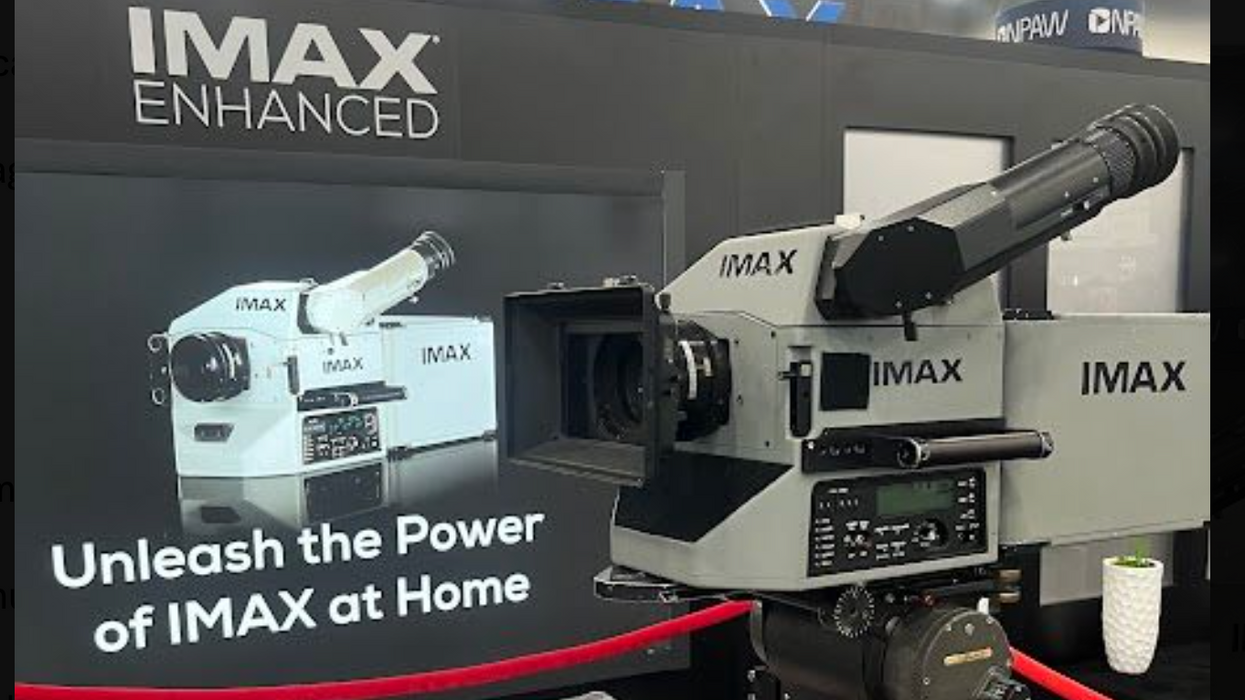3 Reasons Why Today's Horror Films Are Just Not Scary Anymore
So -- why do most horror movies suck so damn much?

Yeah, I'm gonna be blunt about this! If you haven't noticed, analyzing horror films is kind of my thing and pussyfooting around issues isn't. So since it's the first day of the scariest month of the year, why don't we try to figure out why today's horror films leave so much to be desired, and how the concept of "scary" has evolved to mean -- nothing remotely close to that. A number of these reasons are examined in this video by Chris Stuckmann. (Even though the video is almost a year old, the points he brings up are still incredibly relevant.)
Here are the main points Stuckmann brings up in the video. I promise to try to not sound like an old codger.
F**king jump scares
Get off my damn lawn, jump scares! (Sorry -- I knew I promised.) Seriously, Stuckmann wasn't lying when he said that this technique is one of the cheapest you can use in a horror film, and let me tell you why. In fact, I can just recite the little spiel I've been giving to anyone who'd listen to it for the past several years.
Jump scares do not scare. They startle. Being startled is not the same thing as being scared. Being startled is like getting pinched -- the pain is sudden and sharp, but you forget about it immediately. Being scared is like getting stabbed in the gut and having the blade twirl up your intestines like spaghetti -- the pain is -- quite uncomfortable.
I implore all of you horror filmmakers: please, for the love of Michael Meyers, keep your jump scares to a minimum. And if you do use them, do not make us jump because of some cat, bird, or any other non-threatening thing. Here's one of my favorite examples of a jump scare from Poltergeist.
Mismarketing
How many times have you watched a trailer for a horror film, gone to see said film, and were 100% convinced you entered the wrong theater auditorium. Horror trailers are notoriously misrepresentative of the films they are supposed to be previewing, which is unfortunate for the filmmakers because they don't have much control over how their film is marketed.
What mismarketing does is create an expectation in the audience that the film can't fulfill. The example that Stuckmann gives is The Babadook, and I will admit this: I did not want to see this movie after watching the trailer, because I couldn't imagine being scared of a spooky, haunted children's book and a Slenderman knockoff. But, I'm so glad I was convinced to give it a try because it wasn't at all what the trailer made it out to be.
Bad horror films can still do great at the box office
There's something inherently wrong with this equation. "Bad" should equal "failure", and "good" should equal "success", but that's just not how it works when it comes to horror films (or any Hollywood films for that matter). Bad scary movies are like loser romantic partners you try to get your friends to break up with. "Come on, this joker is so not worth your time, your money, or your heart." They're so bad, but they still manage to get dates -- and ticket sales. Why? Just -- why?
Conclusion
In my heart of hearts, I want the horror genre to go through some kind of renaissance to get it's shit together. It's not just the filmmakers, but also the producers and studio execs that need to give credit and respect to their audiences. And audiences -- let's start remembering what "scary" actually is. Can we? Pretty please?
Source: Chris Stuckmann












